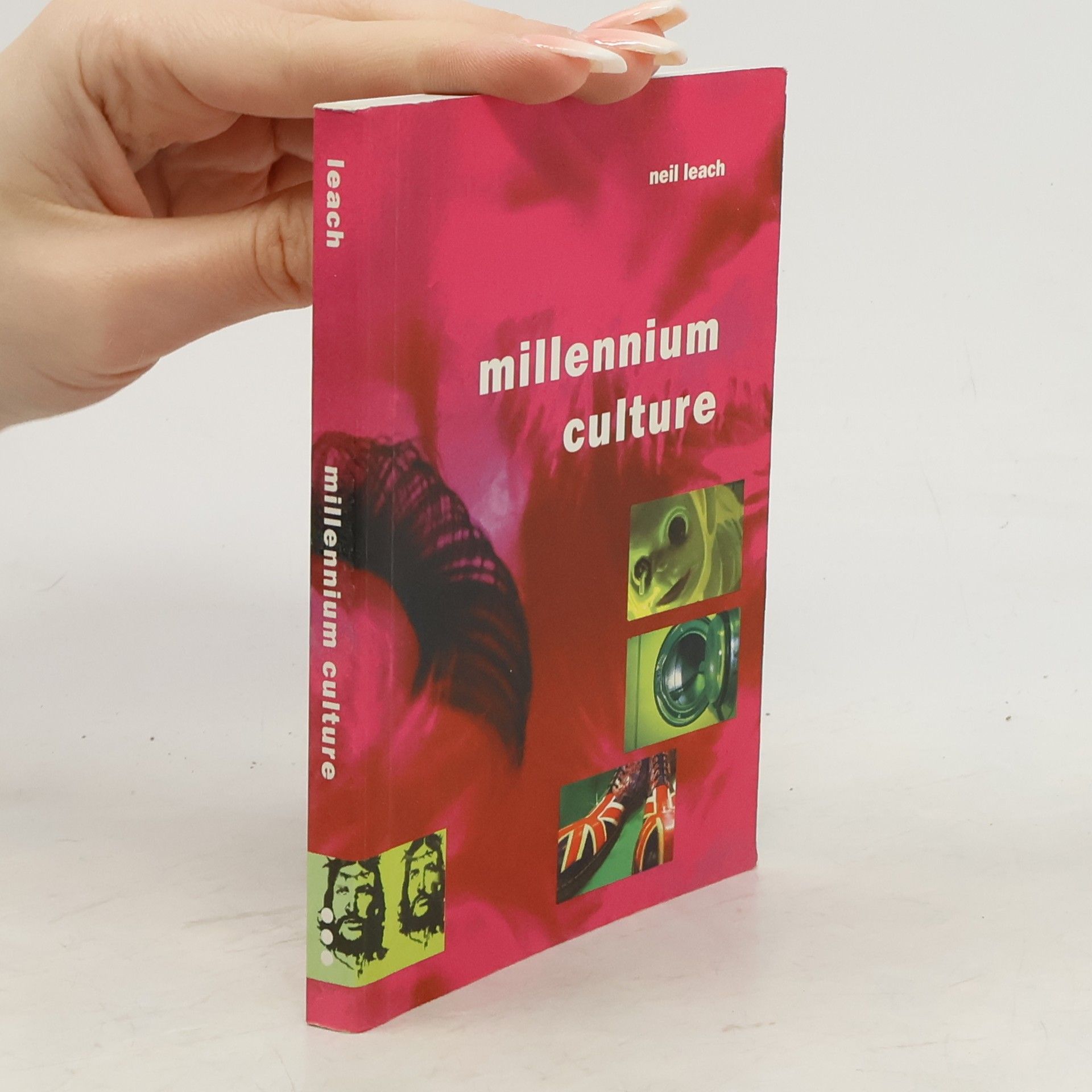Artificial intelligence is everywhere – from the apps on our phones to the algorithms of search engines. Without us noticing, the AI revolution has arrived. But what does this mean for the world of design? The first volume in a two-book series, Architecture in the Age of Artificial Intelligence introduces AI for designers and considers its positive potential for the future of architecture and design. Explaining what AI is and how it works, the book examines how different manifestations of AI will impact the discipline and profession of architecture. Highlighting current case-studies as well as near-future applications, it shows how AI is already being used as a powerful design tool, and how AI-driven information systems will soon transform the design of buildings and cities. Far-sighted, provocative and challenging, yet rooted in careful research and cautious speculation, this book, written by architect and theorist Neil Leach, is a must-read for all architects and designers – including students of architecture and all design professionals interested in keeping their practice at the cutting edge of technology.
Neil Leach Bücher




Zehn Bücher über die Baukunst
Ins Deutsche übertragen, eingeleitet und mit Anmerkungen und Zeichnungen versehen von Max Theuer
Albertis umfassendes Lehrbuch über das Bauwesen entstand zwischen 1443 und 1452 in Rom, möglicherweise auf Anregung von Leonello d’Este. In klassischem Latein verfasst, richtete es sich nicht an Architekten, sondern an gebildete Bauherren und die akademische Welt der Humanisten. Im Mittelpunkt steht die Architektur der römischen Antike, die Alberti als Inspirationsquelle betrachtete. Sein Ansatz kombiniert archäologische Rekonstruktion mit dem Ziel, diese Epoche vor dem Verfall zu bewahren und gleichzeitig neues Leben in sie zu bringen. Während Alberti in der antiken Baupraxis stark von Vitruv und anderen Autoren abhängig bleibt, entwickelt er in der Architekturtheorie eigenständige Ideen. Besonders bemerkenswert ist die Modernität seiner Konzepte: Die Rolle des Architekten als Planer mit eigenem Ausbildungsweg, das neue Stadtbild mit gleichwertigem öffentlichem Raum und Gebäuden, die innovative Skelettbautheorie sowie die Relativierung des Schönheitsbegriffs und die Einbeziehung subjektiver Wahrnehmung in die ästhetische Diskussion. Diese Ideen weisen weit in die Zukunft, bis ins 19. und 20. Jahrhundert. Damit ist das Werk nicht nur die erste Abhandlung der Neuzeit über das Bauwesen, sondern bleibt auch über lange Zeit hinweg die bedeutendste Schrift zur Architekturtheorie.
The book explores the computational mechanisms and diagrammatic grammar within these craft-based aggregation systems, paying close attention to geometrical configurations, material effects and fabrication details and take advantage of these qualities to produce a unique spatiality.
Millennium Culture
- 128 Seiten
- 5 Lesestunden
Opening with the pleasing contention (from Baudrillard) that the year 2000 will not happen, Millennium Culture focuses on the current importance of the visual and virtual experience, exemplified in the sublimely huge but ontologically vacant Millennium Dome. The book examines significant outpourings of contemporary culture - including religion, hypermarkets, the lottery, Teletubbies, technology, wallpaper culture, Jerry Springer, powder skiing and Saint Diana. Photographs by Katja Hock run throughout the book, conjuring up a series of preoccupations that represent a snapshot of contemporary culture. Leach expounds the full implication of The Millennium Dome Experience, and uses the 'circular temple to nothing in particular' as a central image to his discussion of the collapse of reality. But the book is not entirely negative, and seeks to redeem a positive role for the surface image as the site of identification in an increasingly meaningless world.